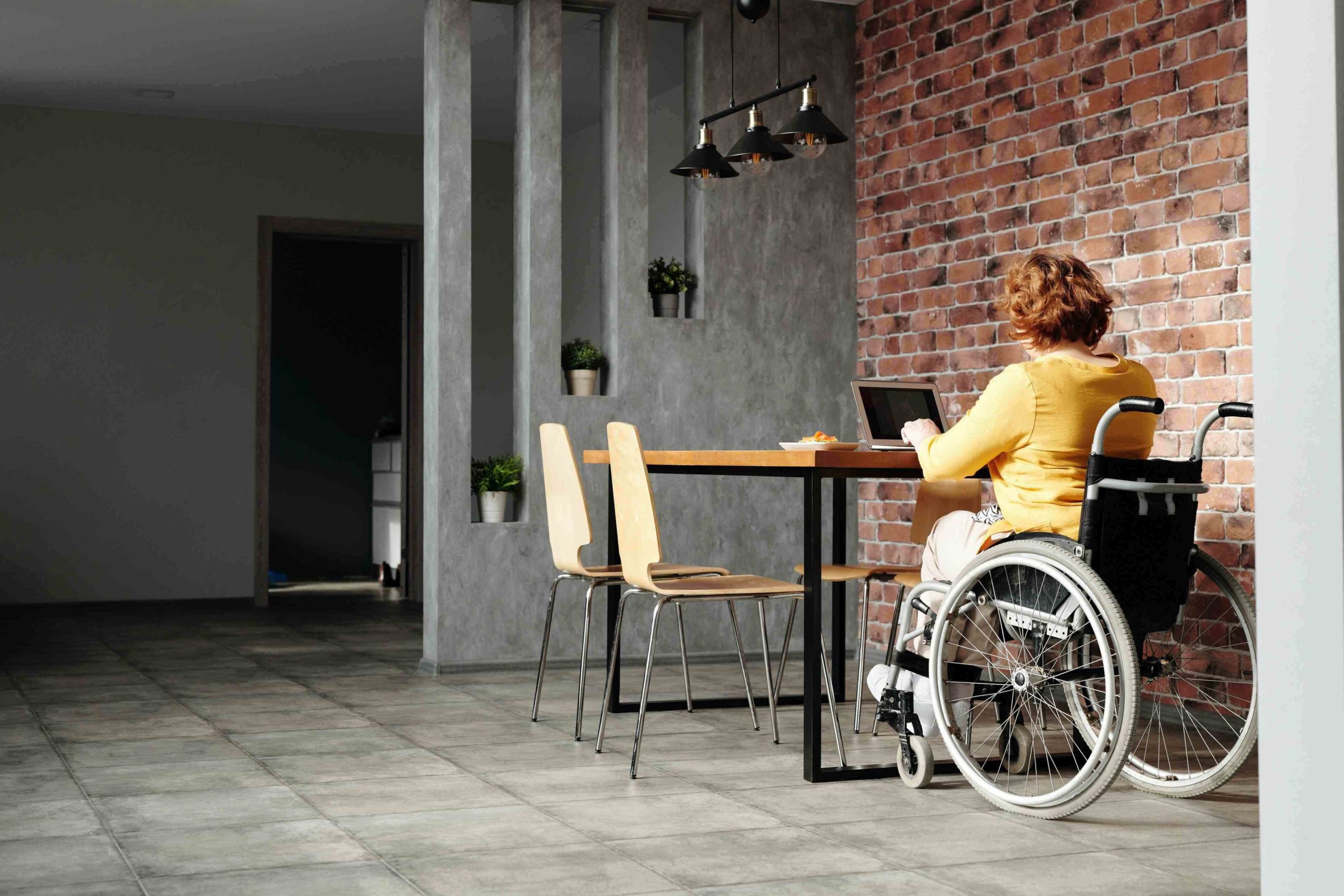Ensuring that buildings and communities are accessible to people with disabilities is a crucial aspect of urban planning and development. In California, the Department of Housing and Community Development (HCD) is responsible for conducting accessibility compliance inspections and reviews.
This article delves into the various aspects of these inspections and reviews, highlighting their importance, and offering insights into the processes involved.
The Role Of The HCD In Accessibility Compliance
The HCD plays a pivotal role in ensuring that California's housing and community development projects meet the needs of all residents, including those with disabilities. The department enforces state and federal accessibility regulations to guarantee that buildings and communities provide equal access to people with disabilities, fostering an inclusive living environment.
California Building Code And Federal ADA Requirements
The HCD ensures that buildings and communities comply with the California Building Code (CBC), which contains provisions for accessibility, as well as the Americans with Disabilities Act (ADA), a federal law that prohibits discrimination based on disability. By enforcing these regulations, the HCD contributes to the creation of accessible and inclusive spaces throughout California.
Accessibility Compliance Inspections
Accessibility compliance inspections are conducted by the HCD to verify that buildings and communities meet the necessary accessibility requirements. These inspections are essential to ensure that people with disabilities can access public spaces, housing, and facilities without facing undue hardships.
Types Of Inspections
There are two main types of accessibility compliance inspections: plan reviews and on-site inspections. Plan reviews involve assessing architectural plans and specifications for compliance with accessibility regulations, while on-site inspections involve physically inspecting the built environment to ensure that it meets the necessary standards.
Plan Reviews
During a plan review, HCD inspectors carefully examine architectural plans and specifications to ensure that they comply with CBC and ADA requirements. The review process may involve evaluating:
-
Accessible entrances and exits
-
Accessible routes throughout the building or community
-
The location and design of accessible restrooms
-
The layout of accessible parking spaces
-
The design of ramps, stairways, and elevators
On-site Inspections
On-site inspections involve HCD inspectors visiting the construction site or completed building to verify that it complies with accessibility regulations. This may involve checking:
-
The width and slope of ramps and walkways
-
The height and location of handrails and grab bars
-
The dimensions of doorways and corridors
-
The presence and functionality of accessible amenities
Accessibility Compliance Reviews
In addition to inspections, the HCD also conducts accessibility compliance reviews. These reviews serve to evaluate the overall accessibility of a building or community, identifying areas that may need improvement and providing recommendations for achieving compliance.
Compliance Review Process
The compliance review process typically involves the following steps:
-
Submission Of Documentation: Project owners or developers submit relevant plans, specifications, and other documentation to the HCD for review.
-
Review Of documentation: HCD inspectors assess the submitted materials to ensure that they comply with accessibility regulations.
-
Site Visit: Inspectors may visit the project site to verify that the built environment aligns with the submitted documentation and meets accessibility requirements.
-
Report And Recommendations: Following the review, the HCD provides a detailed report outlining any areas of non-compliance and offering recommendations for achieving compliance.
-
Implementation Of Recommendations: Project owners or developers are responsible for implementing the HCD's recommendations to achieve accessibility compliance.
Ensuring Accessibility To All Residents
The California Department of Housing and Community Development's accessibility compliance inspections and reviews play a vital role in ensuring that the state's buildings and communities are accessible to all residents, including those with disabilities. By enforcing state and federal accessibility regulations, the HCD promotes an inclusive and equitable living environment for all Californians.
Both plan reviews and on-site inspections help maintain high standards of accessibility, while compliance reviews provide valuable guidance for achieving full compliance with the relevant laws and codes.
Learn more about your rights under the Americans with Disabilities Act (ADA) by visiting DisabilityHelp.org today! Get the information you need to ensure that public accommodations are accessible for all.





